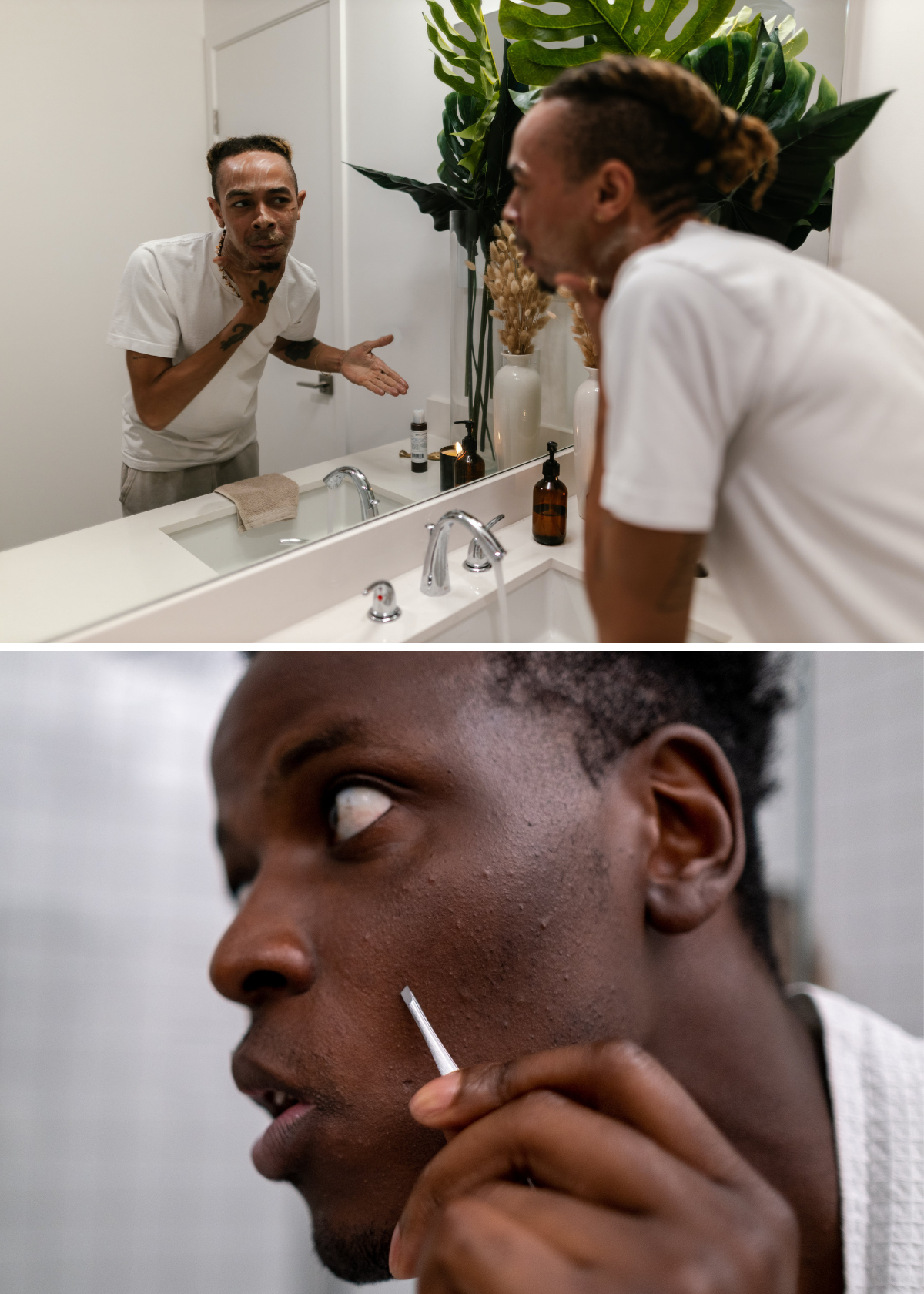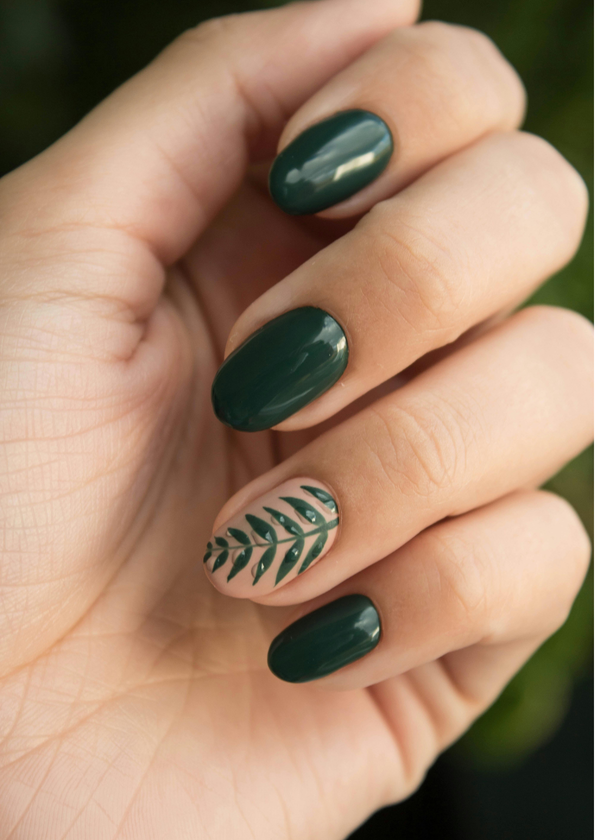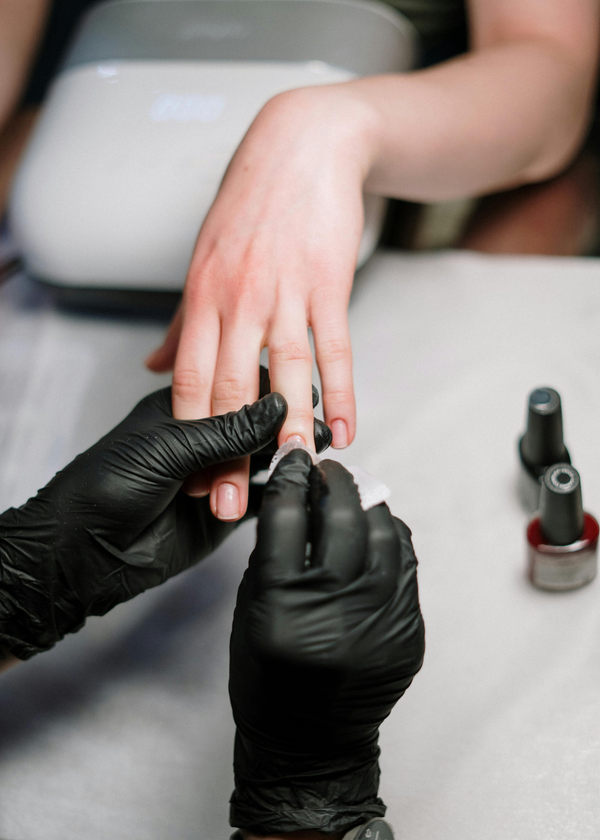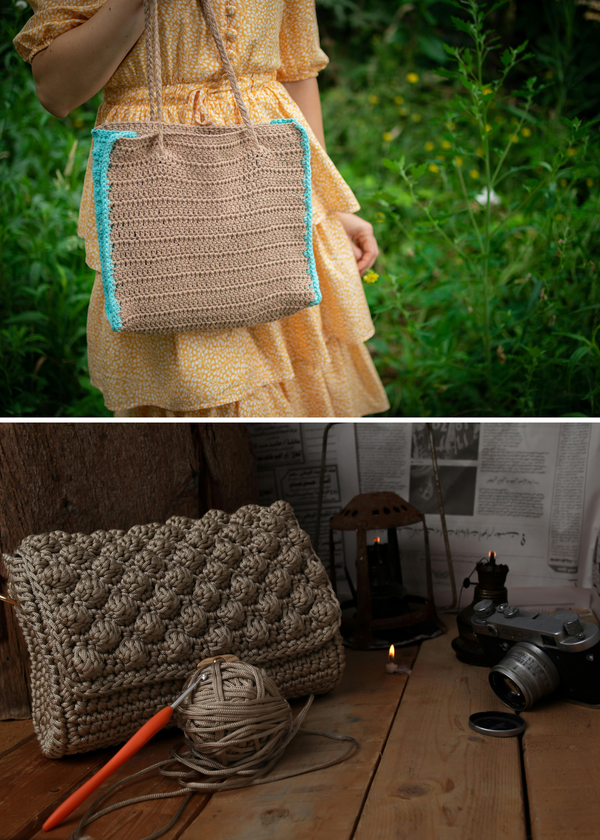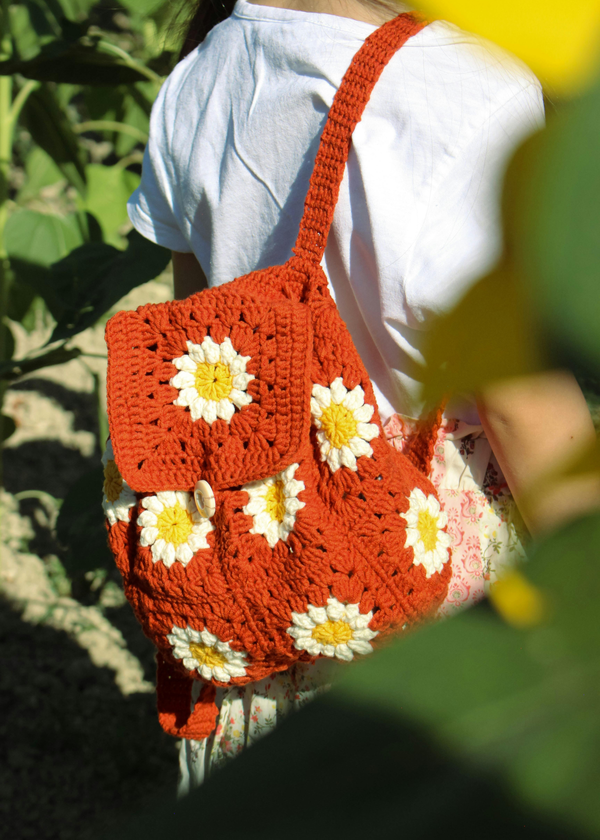Pimple patches have become a popular addition to skincare routines, hailed for their ability to accelerate the healing of blemishes and minimize their appearance.
However, while pimple patches can work wonders for many skin concerns, there are specific scenarios and conditions where they might not be suitable or effective.
We explore where not to use pimple patches, helping you understand the limitations of these skin-saving stickers.
Understanding the Basics of Pimple Patches
Before delving into the scenarios where pimple patches should be avoided, it's crucial to understand the fundamentals of how these patches work and the benefits they offer:
Pimple patches are adhesive stickers typically made from hydrocolloid material, initially developed for wound care. They function in two primary ways:
- Absorption: Pimple patches are designed to absorb excess pus, oil, and impurities from a pimple. The hydrocolloid material contains gel-forming agents that create a moist environment beneath the patch, facilitating the exchange of fluids between the pimple and the patch.
- Creating a Barrier: Pimple patches create a physical barrier between the pimple and the external environment. This protective barrier serves multiple purposes, including preventing contamination and discouraging you from picking or touching the blemish, which can lead to infection and scarring.
Where Not to Use Pimple Patches
While pimple patches can be incredibly effective for many skin concerns, there are specific situations and conditions where using them may not be the best choice. Let's explore these scenarios in detail:
- Deep, Under-the-Skin Pimples: Pimple patches are most effective on pimples that have come to a head or are in the process of doing so. For deep, under-the-skin pimples, also known as cystic acne, these patches may not be as beneficial because the pimple has not reached the surface. Pimple patches are designed to absorb fluids and impurities, which are less accessible in deep-seated cystic acne.
- Open Wounds or Broken Skin: Pimple patches should not be applied to open wounds, broken skin, or areas with active bleeding. Doing so can lead to irritation, discomfort, and potential infection. It's essential to wait until the skin has healed before applying a pimple patch.
- Allergic Reactions to Patch Materials: Some individuals may experience allergic reactions to the adhesive or materials used in pimple patches. If you have sensitive or easily irritated skin, be cautious when trying new patches and perform a patch test on a small area of skin before applying them to your face.
- Skin Conditions Requiring Medical Attention: Pimple patches are not a substitute for professional medical treatment. If you have a skin condition that needs the attention of a dermatologist or other healthcare provider, it's crucial to seek their guidance and follow their prescribed treatments. Pimple patches should complement, not replace, medical care for severe or chronic skin conditions.
- Dry or Intact Pimples: Pimple patches work best when applied to pimples with a visible whitehead, as they can effectively draw out pus. Using them on dry, intact pimples with no visible discharge may not yield significant results and could even lead to skin irritation due to the adhesive.
- Extensive Acne Coverage: Pimple patches are most effective when used on individual pimples. Covering your entire face with pimple patches is neither practical nor recommended. If you're dealing with widespread acne, consider other treatment options, such as topical creams or oral medications, as pimple patches are not designed for comprehensive coverage.
- Inappropriate Sizing and Placement: Pimple patches come in various sizes to accommodate different blemishes. It's essential to select an appropriately sized patch that fully covers the pimple without extending onto healthy skin. Applying a patch that is too large can lead to unnecessary skin irritation.
- Overuse: Using pimple patches excessively, especially on unaffected areas of your face, can lead to over-drying and potential irritation. Pimple patches should be used as needed, primarily on pimples that have come to a head or require the protection and absorption they offer.
Conclusion:
Pimple patches are a valuable tool in the skincare arsenal for addressing specific types of acne and facilitating faster healing. However, understanding when and where to use them is essential to maximize their benefits.
In scenarios such as deep, under-the-skin pimples, open wounds, allergic reactions, and skin conditions requiring medical attention, pimple patches may not be the appropriate choice.
Knowing the limitations of pimple patches and using them judiciously can help you achieve clearer and healthier skin without unintended side effects or complications.
If you have questions or concerns about using pimple patches, it's advisable to consult with a dermatologist or skincare professional for personalized guidance and recommendations tailored to your specific skin needs.


